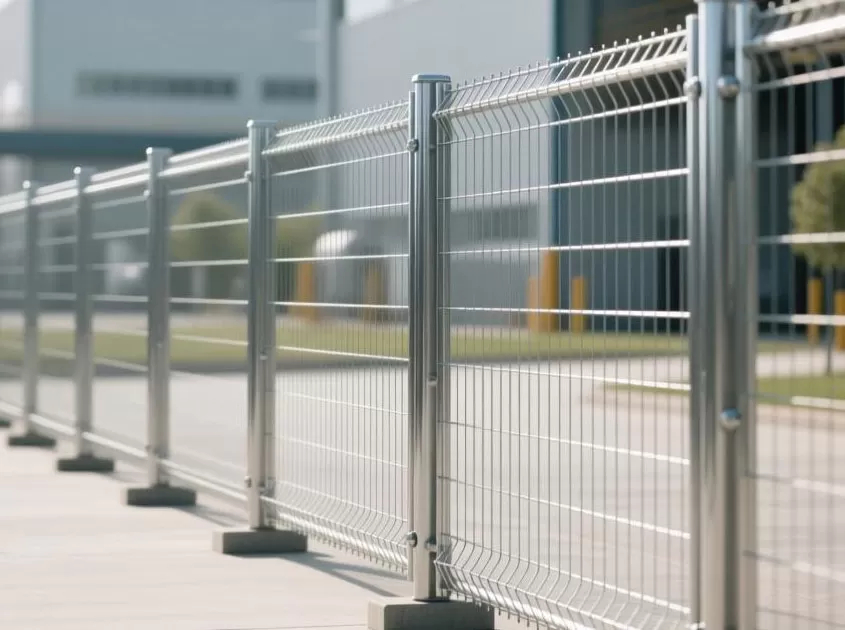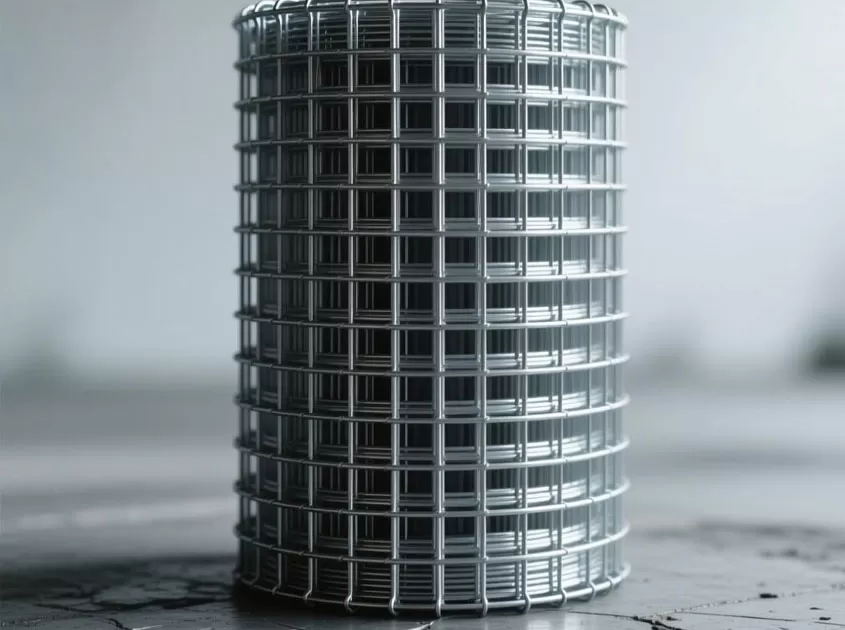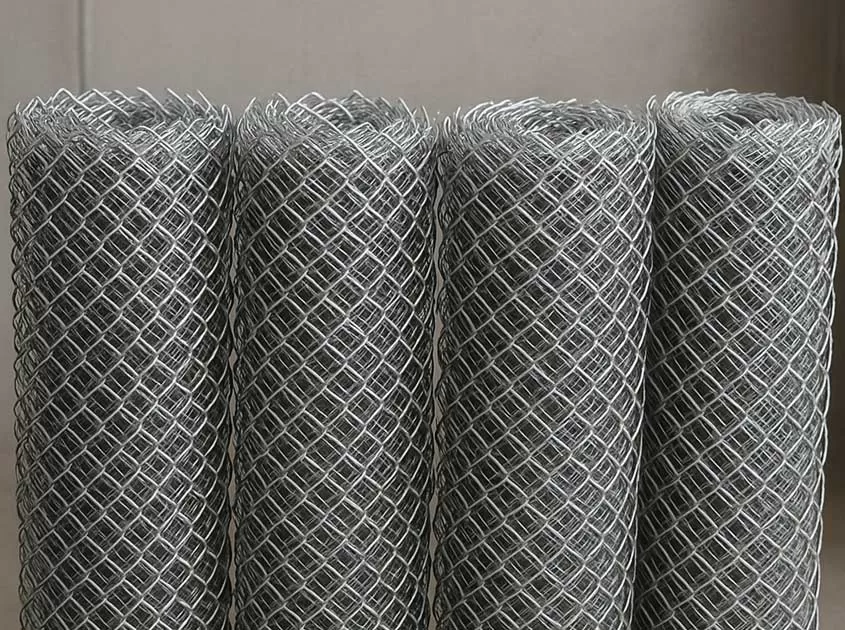Understanding the Load-Bearing Capacity of Welded Wire Mesh Panels
Welded wire mesh panels are versatile and widely used in various construction applications. From reinforcing concrete structures to providing safety barriers, these mesh panels play a crucial role in ensuring the structural integrity and safety of buildings and infrastructure. One of the key factors determining their effectiveness is their load-bearing capacity. In this article, we will delve into the essential aspects of understanding the load-bearing capacity of welded wire mesh panels, shedding light ontheir engineering significance and the factors that influence their performance.
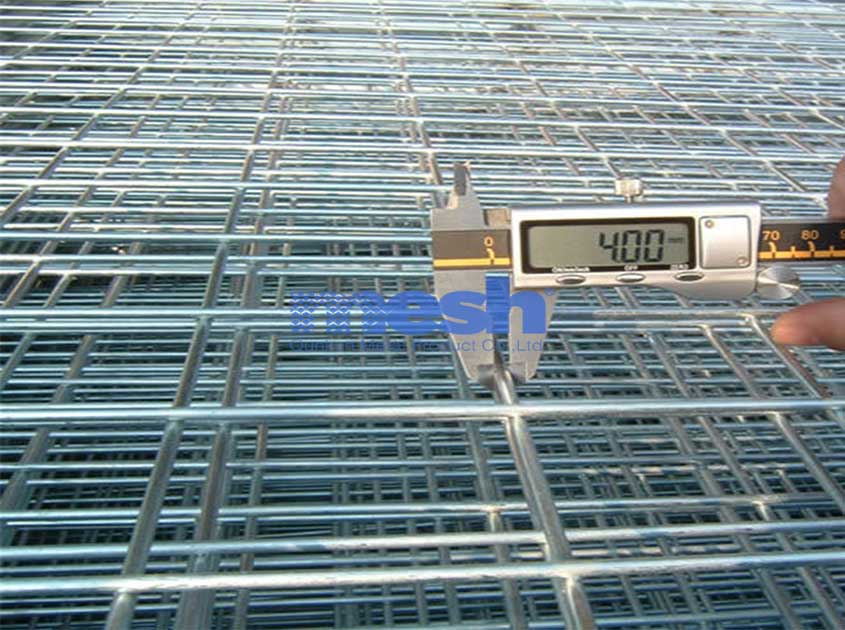
What is Load-Bearing Capacity
The load-bearing capacity of a welded wire mesh panel refers to its ability to support and distribute loads or forces without failure or excessive deformation. It is afundamental mechanical property that determines the panel's strength and suitability for various applications. Engineers and construction professionals carefully assess this capacity to ensure that the mesh panels can withstand the anticipated loads, such as the weight of concrete, wind pressure, or impact forces.
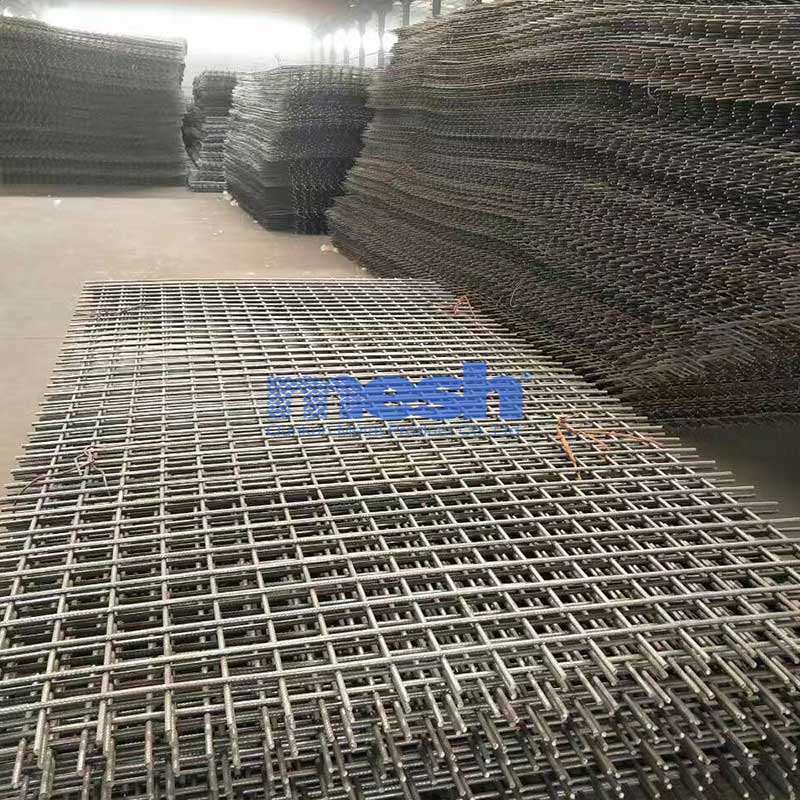
Factors Influencing Load-Bearing Capacity:
Several critical factors influence the load-bearing capacity of welded wire mesh panels:
Wire Diameter and Mesh Size: Thicker wires and smaller mesh sizes generally contribute to higher load-bearing capacity. The diameter of the wires used in the mesh directly affects its strength and ability to carry heavier loads.
Material Strength: The type of material used, typically steel, significantly impacts the load-bearing capacity. High-tensile steel wires are commonly preferred for their superior strength and durability.
Welding Quality: The integrity of the welds in the mesh is crucial. Proper welding ensures that the wires are securely interconnected, enhancing the panel's load-bearing capability.
Panel Dimensions: The overall dimensions of the welded wire mesh panel, such as length, width, and thickness, play a role in determining its load-bearing capacity.
Support and Installation: The way the mesh panel is supported and installed in a structure affects its load distribution and overall performance.
The load-bearing capacity of a welded wire mesh panel refers to its ability to support and distribute loads or forces without failure or excessive deformation. It is a fundamental mechanical property that determines the panel's strength and suitability for various applications. Engineers and construction professionals carefully assess this capacity to ensure that the mesh panels can withstand the anticipated loads, such as the weight of concrete, wind pressure, or impact forces.
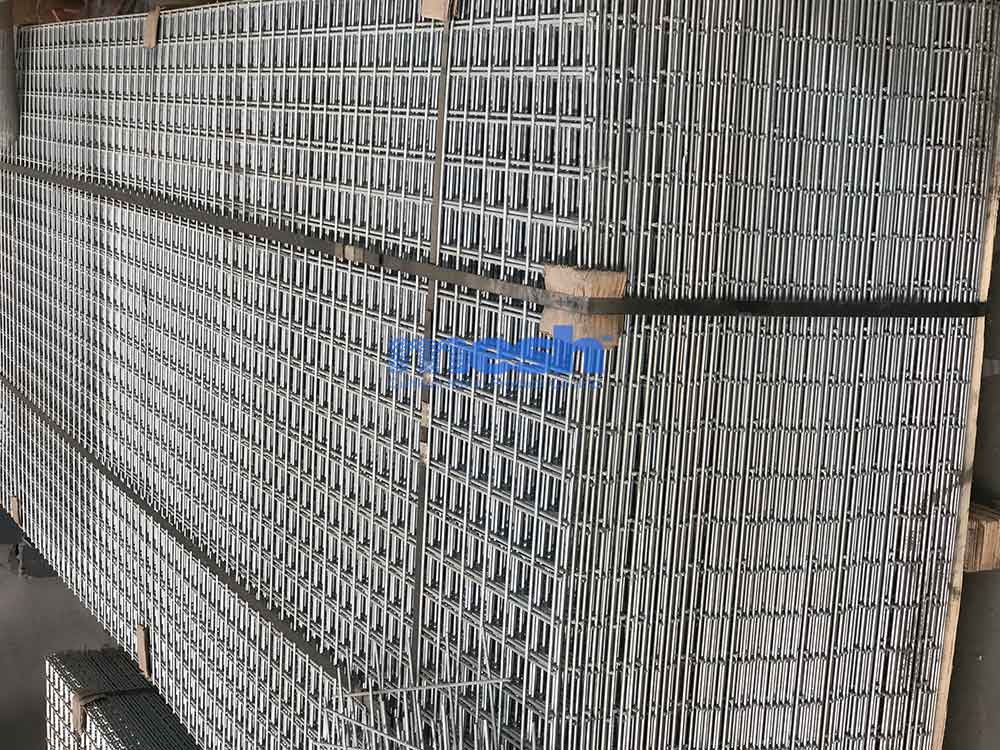
Testing and Certification:
To accurately assess the load-bearing capacity of welded wire mesh panels, standardized tests are conducted in controlled environments. These tests subject the mesh panels to various loads and pressures, measuring their response and deformation. Additionally, some countries and regions have specific certification standards that indicate the load-bearing capacity of mesh panels, helping construction professionals choose the appropriate type for their projects.
-
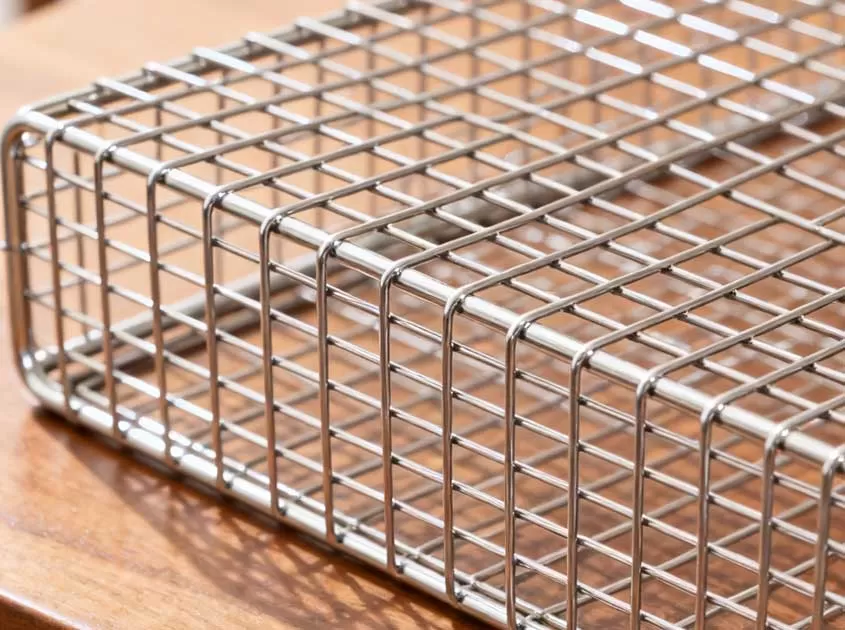 Corrosion-Resistant Stainless Steel Wire Mesh Oct 28, 2025
Corrosion-Resistant Stainless Steel Wire Mesh Oct 28, 2025

- Tel.: +86 311 83077076
- E-mail: sales@qunkunmetal.com
- Skype: qunkunsales01
- WhatsApp: 8618032412189
- Add.: No.69 The Filter Industrial Part of Anping, Hebei, China






